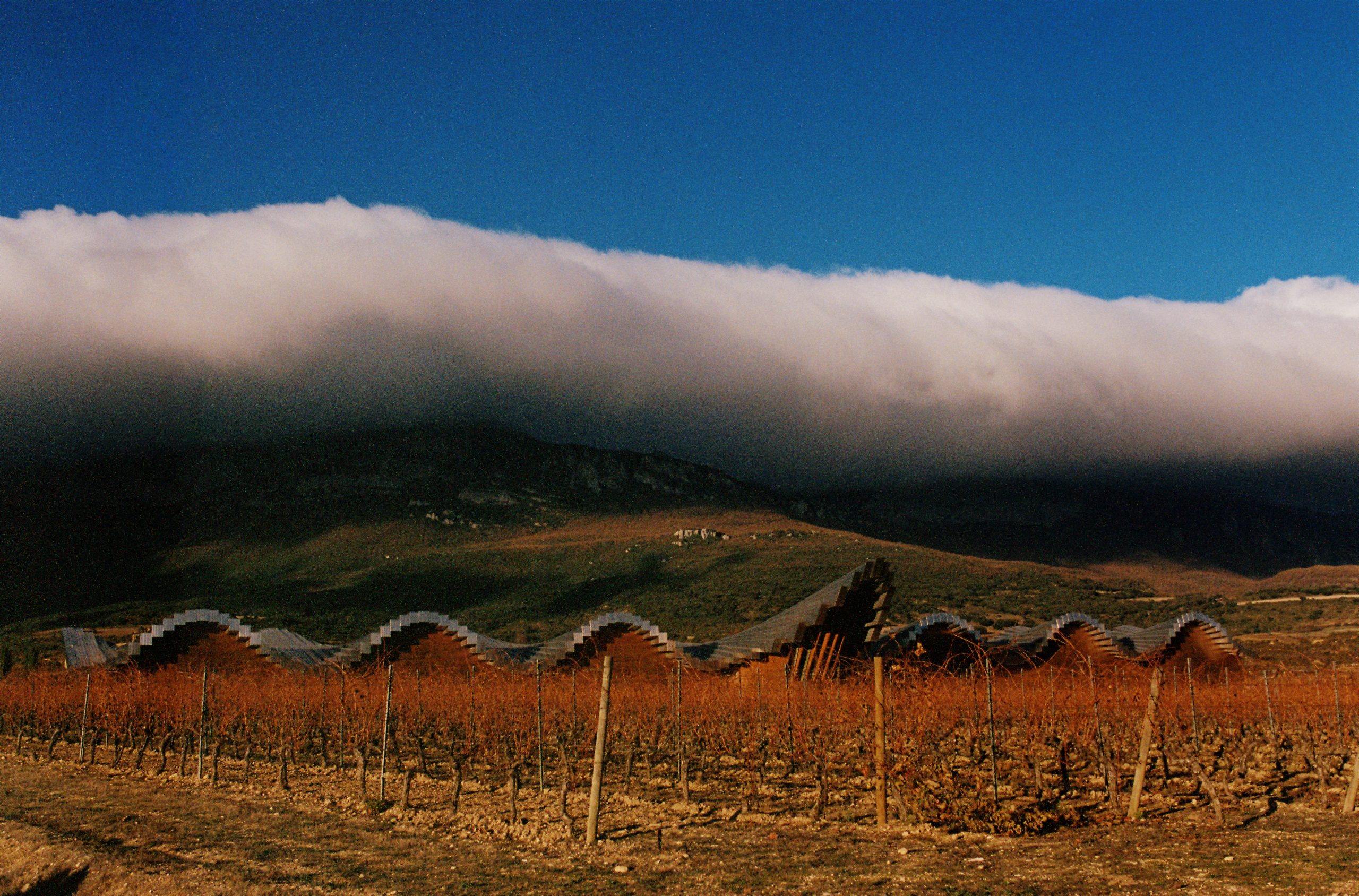US wine consumption falls for first time in 25 years
The consumption of wine in the US decreased by 0.9% in 2019, the first such fall in 25 years, however total volume and value sales of alcohol rose, with distilled spirits and RTD products picking up the slack.
Drinks industry analyst IWSR reported that sales of alcoholic drinks in the US were up 0.3% by volume and by 2.5% by value (to total US$167bn) in 2019.
The fall in overall wine consumption was reported in spite of a strong year for sparkling wine, which grew by almost 4% in the US last year.
However the still wine category, which fell by 1.5%, dragged the performance of the category down. The IWSR noted that the last fall in volume sales was recorded in 1994.
The wine category accounts for around 11% of the total alcoholic drinks market in the US, well behind the share of beer, which represents the majority of alcohol sold in the US.
For the fourth year in a row, beer suffered a fall in volume (-2.3%), however there were strong performances within the sector. Craft beer sales rose by 4.1%, low- and no-alcohol beer increased by 4.1%, and imported beer augmented by 3.1%. Domestic beer sales, however, dropped 3.6%.
While beer and wine experienced overall losses, distilled spirits and ready-to-drink expressions achieved strong gains.
IWSR reported that for the first time in more than a decade, Tito’s overtook Smirnoff as both the top-selling spirit and vodka in the US last year.
Overall the spirits category experienced a growth in volume sales of 2.3%, with strong performances reported by the mezcal sector (+40%), Japanese whisky (+23.1%), Irish whiskey (+8.6%), Tequila (+9.3%), US whiskey (+5.5%) and Cognac (4%).
RTD products now contribute US$8 billion to the alcohol industry, with volume growth of almost 50% last year. This, IWSR noted, was largely down to the strong performance of the hard seltzer category, which now represents 43% of the whole RTD sector. The IWSR adds that currently around 82.5m nine-litre cases of hard seltzer are sold per year, a figure that is predicted to triple by 2023.
Partner Content
The category has seen as spate of launches in recent months. Constellation Brands’ Corona announced a US$40m marketing budget for the launch of a Corona hard seltzer this year, while AB InBev’s Budweiser announced it was entering the category back in November 2019.
Other recent launches include Swedish cider brand Kopparberg’s Balans in January 2019 and Colorado craft brewer Oskar Blues’ Wild Basin in December 2018.
Other brewers have launched alcohol free variants, including Lagunitas and Molson Coors.
Top-selling brands include White Claw, owned by Mark Anthony Brands, and Truly Hard Seltzer, owned by the Boston Beer Company.
IWSR said these products, together with canned cocktails, were performing well owing to their convenience, flavour options and the fact that they are marketed as being lower in calories and sugar than other alcoholic drinks.
Brandy Rand, chief operating officer for the Americas at IWSR Drinks Market Analysis, commented: “The beverage alcohol industry in the US continued to innovate in 2019, especially in the ready-to-drink category, as the fight for consumption occasions intensified across all categories, something we fully expect to see in 2020 as well.
“The beer industry producers are diversifying by entering new categories – such as hard kombucha, hard seltzer, canned cocktails, and even spirits – to meet growing consumer demand for both convenience and better-for-you beverages,”
“It’s also interesting to note that the value increase of beverage alcohol in the US continues to outpace volume growth, a clear indicator that US consumers are willing to pay for more premium products.”




